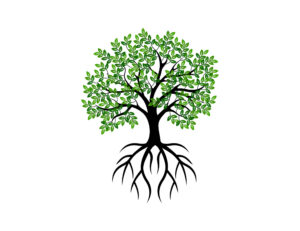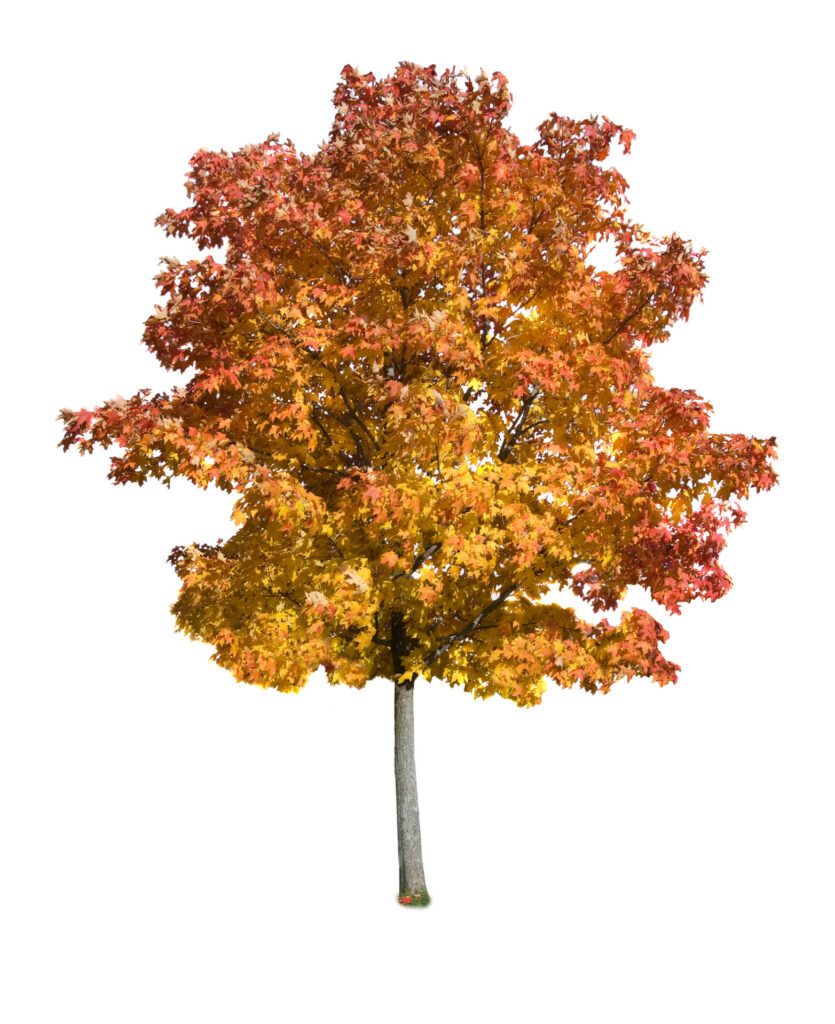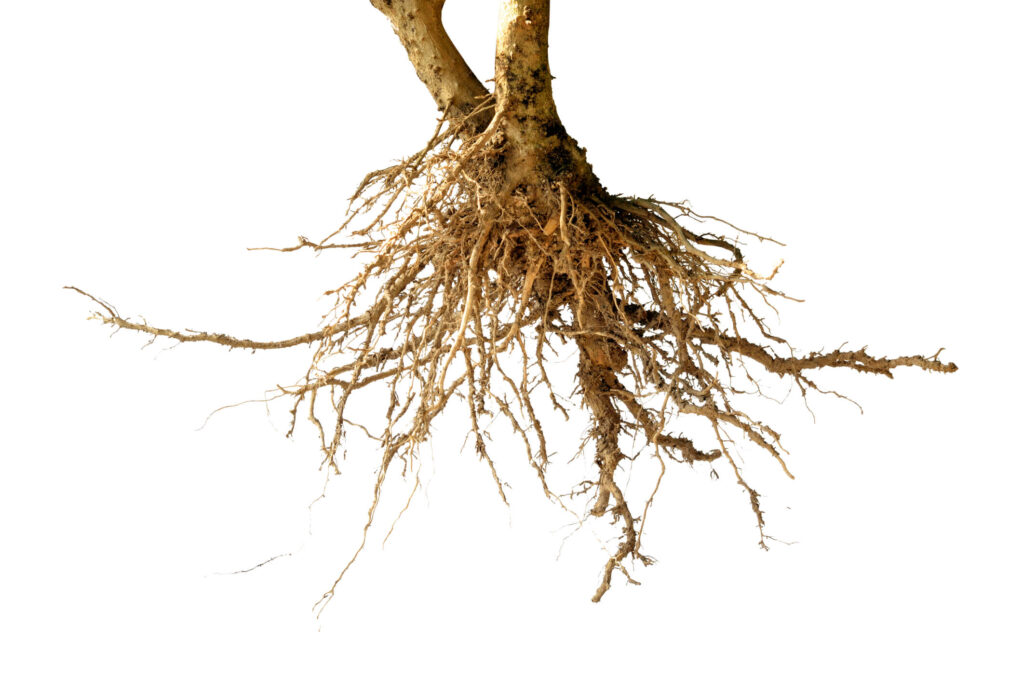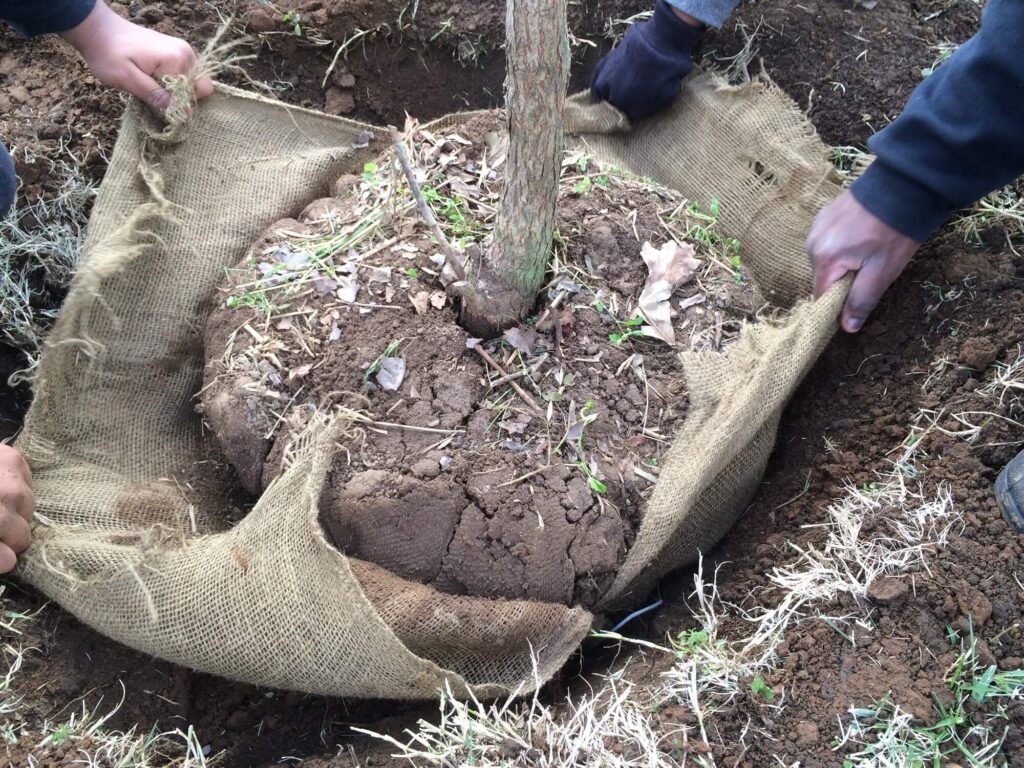
What’s it all about?
We realise it can sometimes be confusing to work out the sizing in a Tree Catalogue. Have you ever wondered why we don’t list them by height? Have you puzzled over what is meant by “6-8” and “std” and what on earth is “BR”?
Here we will try and demystify some of the terms you come across when buying trees, explain why they are used and how to interpret them.
Why don’t we just use the height?
The height is not a very good measure of how old or big a tree is. For example, you could have a tree that’s 2m high, but is very spindly and only a year old and you can have a tree 1.5m high that has a very thick trunk is 10 years old… Therefore, when selling trees there is a different system used universally to let you know roughly what size and age the tree you are ordering is.
So what does it all mean?
You will see in the size column on our Tree Catalogue “6-8 std BR’, but what does that mean? Let’s break it down for you:
6-8 std BR
Girth Form Roots
It’s all about the girth!
The first numbers i.e. “6-8”, “8-10”, “10-12” etc refer to the average size around the trunk of the tree or the “girth” in cm’s. Most trees grow approximately 2cm’s in girth each year. On average a tree with a 6-8cm girth will be approximately 2-4 years old. Therefore, a tree with an 8-10cm girth will be approximately 3-5 years old, a 10-12cm girth will be 4-6 years old and so on.
A 6/8 tree will be approximately 2m high (depending on the variety).
The bigger the girth, the older the tree and the more expensive it will be. We have found the 6-8 is generally the best size at the most affordable price. However, we can supply larger trees if you want a more instant effect – please contact us for prices and availability.
For fruit trees, a 6-8 tree will produce fruit in the first year or two. However, it’s normally 3 years before you can expect a good crop. If you want a fruit tree to crop more quickly, then choose a more mature tree (larger girth).

What does “std” stand for?
STD in the tree growing world refers to the form or shape and stands for “Standard”. A standard tree in simple terms means having a clear trunk, free of branches (important for maintenance around the tree).
Some trees are sold in “bush” form – for instance, Hazelnuts – and these are normally shown in height rather than girth. For example, 1m means the bush will be approximately 1 metre high and will have multiple stems.
What on earth does BR mean?

BR stands for Bare Root – A bare root tree is a tree that has been grown in a field rather than a pot and is lifted out of the ground for sale. It’s a cheaper way of buying trees, however they need to be planted quickly as the roots must not dry out. Bare root trees are only available in the autumn when their roots have stopped growing for the winter. We store our bare-rooted trees in compost until they are collected or delivered. Once they are removed from the compost, they need to be planted the same day if possible but can be stored overnight if the roots are covered and protected from drying out and frost. Providing these steps are taken bare-rooted trees have an excellent success rate.
The other ways to buy trees are:
Potted – as you might expect, these trees have been grown in a pot. This is a more expensive way of buying trees because of the cost to the grower to raise them, but has a better success rate than bare root trees and are available to buy all year round.

Root balled – this method is used for trees grown in a field (like bare-root trees) and is used for very large trees. A special machine uproots the tree, exposing a large root ball with soil included between the roots. The “root ball” is wrapped in hessian or something similar. Large trees sold in this way have a great chance of surviving the replanting process
We hope this guide helps you to decide what sized tree to buy. We’ll be publishing more guides over the coming weeks and months. Subscribe to our Newletter below if you’d like to keep up-to-date and learn more about gardening in France or follow us on Facebook.
